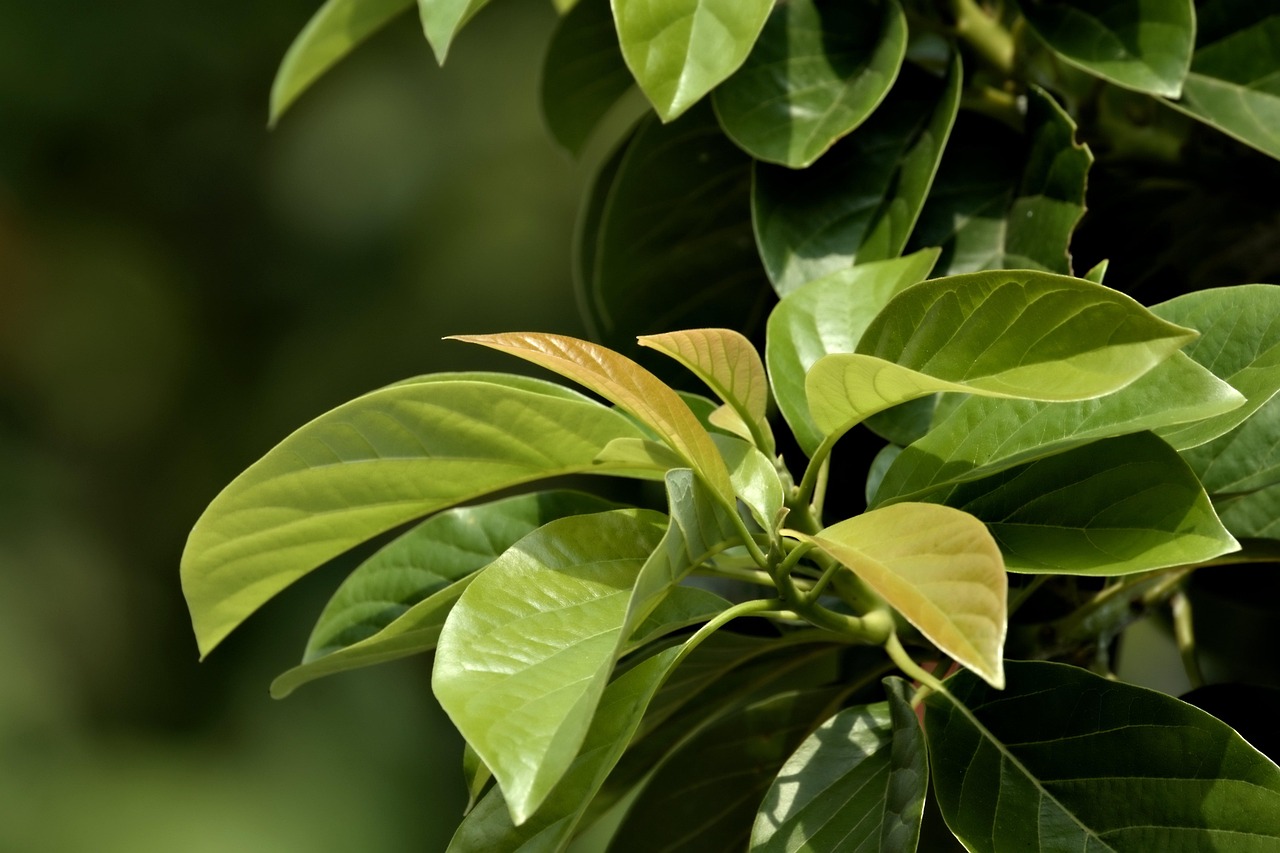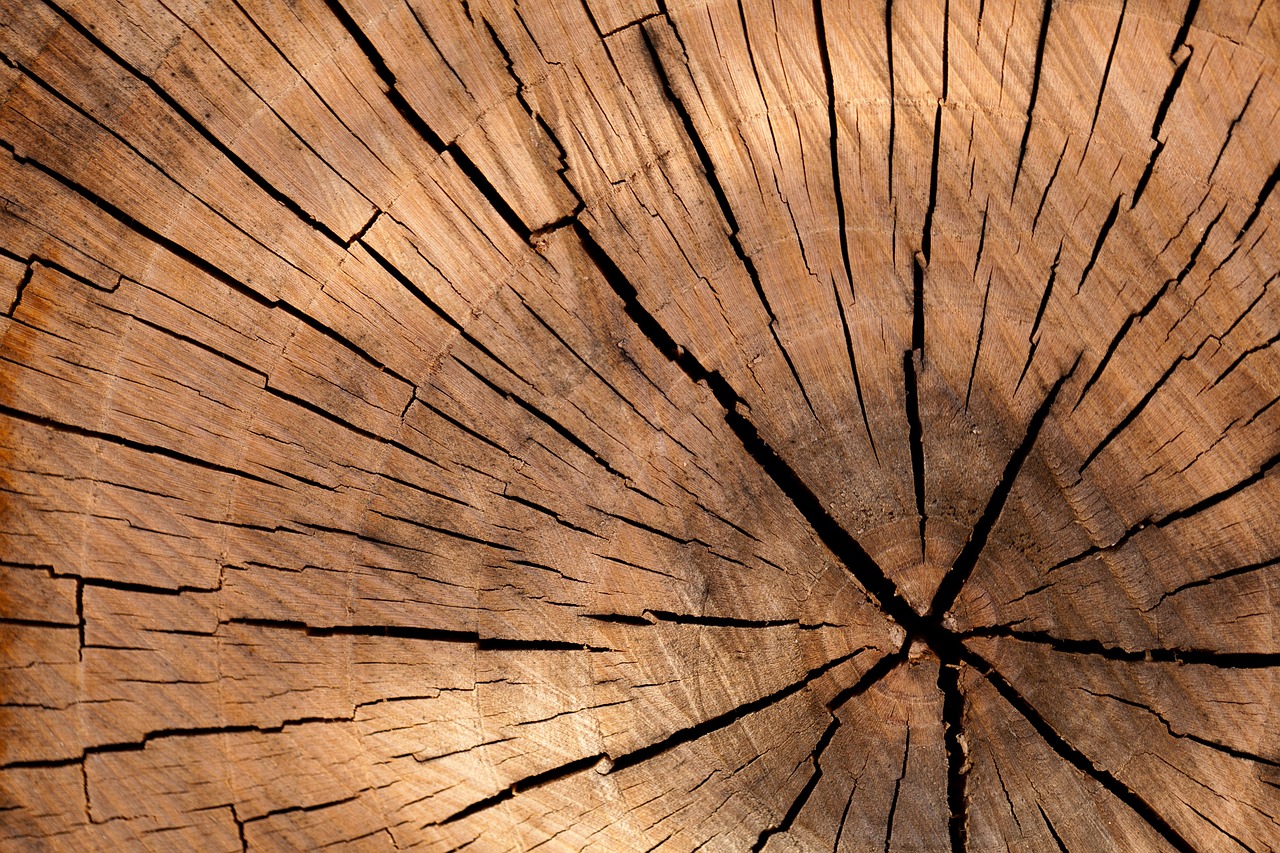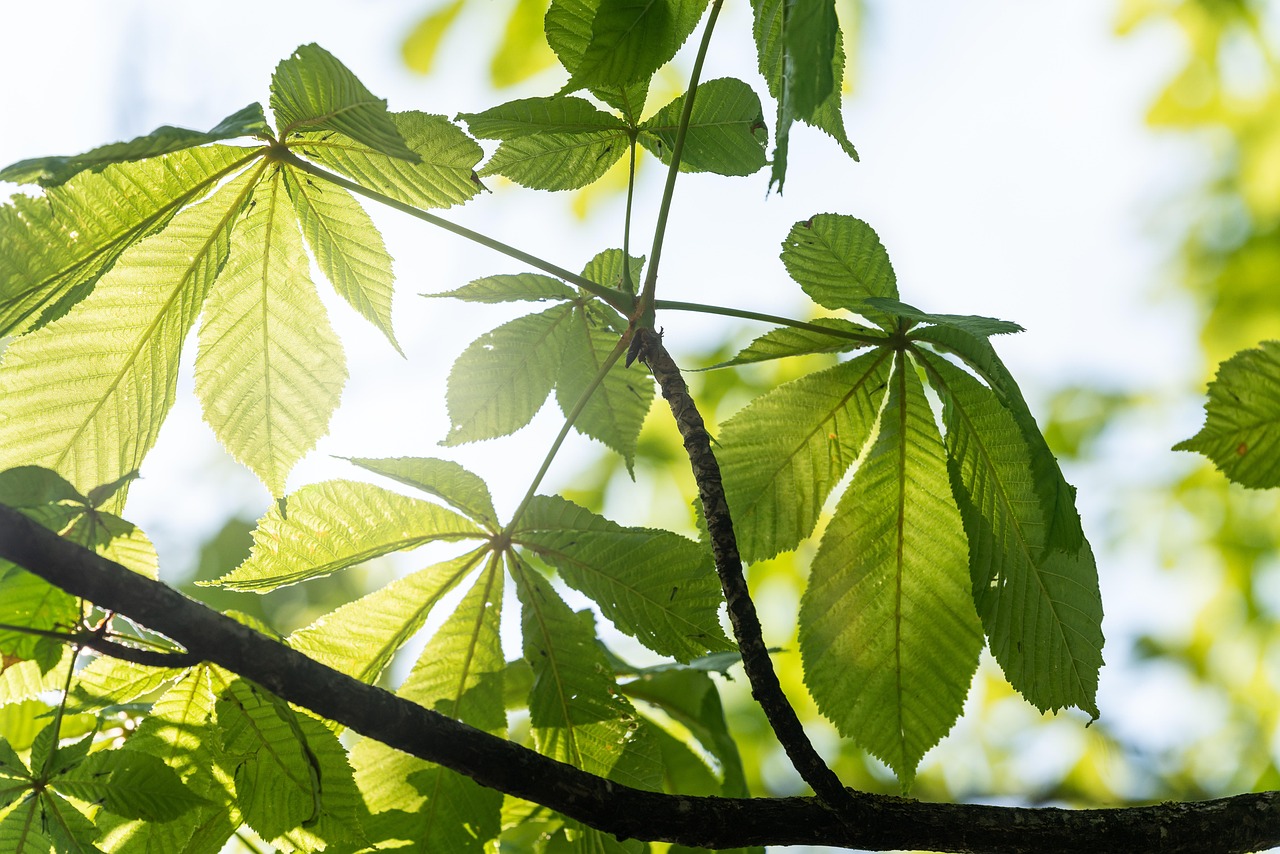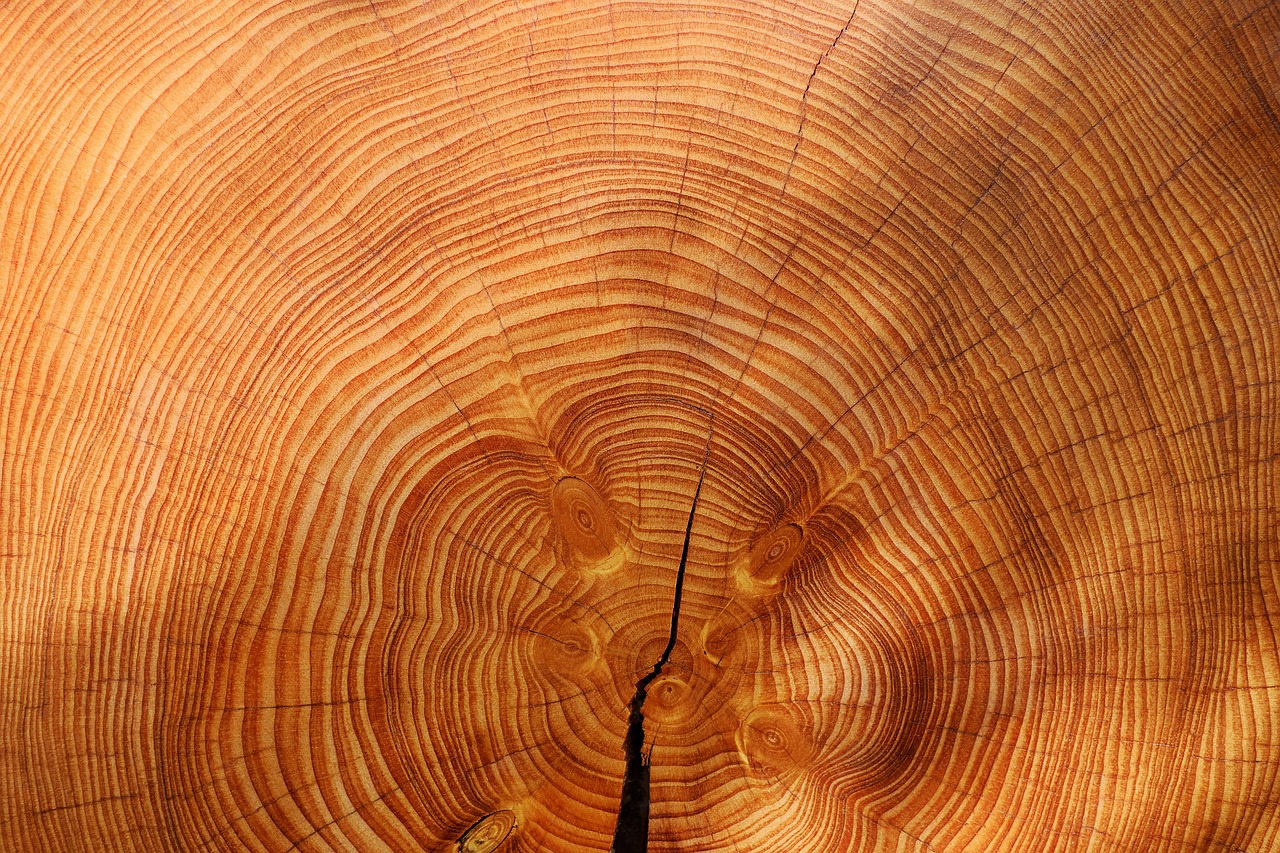In Farming Simulator 25, tree growth rates vary based on species and environmental factors. Typically, trees take several in-game days to mature, with faster-growing species reaching full height in about two to three weeks of gameplay.
Understanding Tree Growth in Farming Simulator 25
Farming Simulator 25 offers players a realistic farming experience, including the management of various crops and trees. The growth rates of trees are essential for players who wish to incorporate forestry into their farming strategies. Trees provide not only timber but also enhance the overall aesthetics of the farm. Understanding how tree growth works can significantly impact gameplay and resource management.

In this game, players can plant different types of trees, each with its own unique growth characteristics. From fast-growing species ideal for quick returns to slow-growing varieties that yield high-value wood, selecting the right tree type is crucial. Factors such as soil type, weather conditions, and care provided during their growth phase can influence how quickly a tree matures.
Tree Types and Their Growth Rates
Different tree species have distinct growth rates, influencing how players choose to manage their forestry operations. Below is a list of some common tree types available in Farming Simulator 25 along with their average growth times:
| Tree Type | Growth Rate (In-Game Days) | Harvest Yield |
|---|---|---|
| Spruce | 10-12 | High |
| Pine | 8-10 | Medium |
| Birch | 7-9 | Low |
| Oak | 12-15 | Very High |
| Maple | 11-13 | Medium |
The table above highlights the differences in growth rates and potential yields for various tree types. Fast-growing trees like Birch and Pine are suitable for players looking to quickly harvest resources. On the other hand, slower-growing trees such as Oak may require more patience but offer higher yields when harvested.

Factors Affecting Tree Growth
Several factors can influence the growth rate of trees in Farming Simulator 25. Understanding these factors can help players optimize their forestry strategies:
- Soil Quality: The type of soil where trees are planted affects their growth. Fertile soil promotes faster growth.
- Weather Conditions: Rain and moderate temperatures tend to enhance tree growth rates.
- Spacing: Proper spacing between trees prevents overcrowding, allowing each tree to thrive.
- Care and Maintenance: Regular maintenance, such as pruning and fertilization, can improve growth rates and yields.
- Pests and Diseases: Protecting trees from pests is essential for maintaining their health and ensuring steady growth.
The interplay of these factors creates a dynamic environment for tree farming. Players must adapt their strategies based on the conditions present in their game world. Monitoring the weather forecast and optimizing planting locations will help ensure successful forestry operations.
Gameplay Strategies for Managing Trees
To maximize efficiency in managing tree growth, players can implement several strategies:

- Diversification: Planting a mix of tree species can help mitigate risks associated with pests or diseases affecting a single type.
- Scheduling Harvests: Staggering planting times allows for a continuous supply of wood without overwhelming the player with simultaneous harvests.
- Utilizing Equipment: Investing in specialized forestry equipment can increase productivity during the planting and harvesting phases.
- Monitoring Growth Progress: Keeping an eye on each tree’s stage of development will help determine the best time for harvesting.
- Community Collaboration: Engaging with other players can provide insights into effective tree management practices and strategies.
By implementing these strategies, players can enhance their gameplay experience while maximizing the potential of their forestry endeavors in Farming Simulator 25.
The Economic Impact of Tree Farming
Tree farming in Farming Simulator 25 is not just about aesthetics or resource collection; it also plays a significant role in the economic strategy of the game. Understanding the financial implications of tree growth and harvesting can help players make informed decisions that will enhance their overall gameplay experience.
Players can generate income through timber sales, which can fund further expansions of their farms. The profitability of different tree types varies, making it essential for players to analyze which species will yield the best returns on their investment. Below is a table showing the average sale prices for different wood types:
| Tree Type | Average Sale Price (per unit) | Growth Time |
|---|---|---|
| Spruce | $500 | 10-12 days |
| Pine | $450 | 8-10 days |
| Birch | $400 | 7-9 days |
| Oak | $600 | 12-15 days |
| Maple | $550 | 11-13 days |
This table illustrates how different tree types not only vary in growth time but also in potential revenue. Players must evaluate whether the longer growth times of trees like Oak are justified by their higher sale prices.

Investment Strategies for Tree Farming
When approaching tree farming, players should consider various investment strategies to maximize their profits. Some effective strategies include:
- Initial Investment in Fast-Growing Trees: Starting with fast-growing trees like Birch and Pine can generate quicker cash flow, enabling players to invest in more expensive seeds or equipment.
- Reinvestment of Profits: Using profits from initial harvests to purchase new trees or upgrade equipment can create a cycle of growth and profitability.
- Diversifying Crops: Combining tree farming with other types of farming can provide a more stable income stream, as market conditions for crops can fluctuate.
- Market Timing: Monitoring market trends within the game can help players decide the best time to sell their harvested wood for maximum profit.
- Long-Term Planning: Planting a mix of fast and slow-growing trees ensures that players will have a steady income over time, balancing immediate and future profits.
By implementing these investment strategies, players can not only increase their immediate cash flow but also secure their long-term financial stability in the game.
Tree Management Practices for Optimal Growth
Effective tree management practices are crucial for achieving optimal growth rates and maximizing yields. Players should focus on several key practices:
- Soil Preparation: Before planting, it is important to prepare the soil. This may involve clearing debris, testing soil quality, and adding fertilizers if necessary.
- Proper Spacing: Ensuring adequate spacing between trees helps prevent competition for nutrients and light, promoting healthier growth.
- Irrigation Systems: Implementing irrigation systems can significantly improve tree health, especially during dry seasons.
- Pest Control: Regularly inspecting trees for pests and diseases helps in early detection, allowing players to take action before infestations spread.
- Regular Pruning: Pruning trees can encourage healthier branches and improve light penetration, which supports better growth.
Incorporating these practices into gameplay can lead to healthier trees that grow faster and yield more valuable timber. Players who focus on maintaining their trees will benefit from not only higher yields but also a more enjoyable gaming experience.
The Role of Technology in Tree Farming
The integration of technology into farming practices has revolutionized tree management in Farming Simulator 25. Players can utilize various tools and equipment to enhance their efficiency:
- Forestry Equipment: Specialized machinery designed for planting and harvesting trees can save time and increase productivity.
- Growth Monitors: Tools that track tree growth stages help players identify when to harvest or care for their trees.
- Drones and Aerial Imagery: Utilizing drones to survey large areas can provide insights into tree health and optimal planting locations.
- Management Software: Software tools within the game can assist players in planning their tree farming operations effectively.
By leveraging technology, players can streamline their operations, reduce labor costs, and ultimately boost profitability in their forestry endeavors. As Farming Simulator 25 continues to evolve, embracing technological advancements will be key to success in tree farming.
Environmental Considerations in Tree Farming
Tree farming in Farming Simulator 25 requires players to consider environmental factors that can impact both tree growth and the overall sustainability of their farming practices. Understanding these factors can help players maintain a healthy ecosystem while maximizing their forestry output.
Players should be mindful of how their actions affect the environment. Sustainable practices not only ensure ongoing productivity but also contribute to the overall health of the game world. This section will explore some key environmental considerations and best practices for tree farming in the game.
Sustainable Forestry Practices
Implementing sustainable forestry practices is essential for the long-term success of tree farming. Below are some strategies that players can adopt:
- Selective Logging: Instead of clear-cutting entire areas, players can opt for selective logging. This method minimizes damage to surrounding trees and promotes biodiversity.
- Replanting: After harvesting trees, players should replant new saplings to maintain forest cover and restore habitats.
- Maintaining Biodiversity: Planting a variety of tree species can create a healthier ecosystem, attracting beneficial wildlife and pollinators.
- Soil Conservation: Players should avoid practices that lead to soil erosion, such as over-logging or planting trees too closely together.
- Monitoring Water Usage: Implementing efficient irrigation systems can prevent overuse of water resources and ensure that trees receive adequate hydration.
By adopting these sustainable practices, players can enhance the longevity of their forestry operations while positively impacting the environment within the game.
The Impact of Seasons on Tree Growth
Seasons play a crucial role in tree growth rates and overall farming strategies in Farming Simulator 25. Each season brings different weather conditions that can affect tree health and productivity. Understanding how each season influences growth can help players make informed decisions about planting and harvesting.
Seasonal Effects on Tree Growth
Below is a breakdown of how each season affects tree farming:
| Season | Effects on Tree Growth | Best Practices |
|---|---|---|
| Spring | Ideal for planting; warmer temperatures promote growth. | Plant new trees and monitor for pests. |
| Summer | Fast growth; requires regular watering and pest control. | Irrigate and apply fertilizers as needed. |
| Fall | Growth slows down; time for harvesting mature trees. | Begin preparations for winter; harvest fully grown trees. |
| Winter | Growth halts; focus shifts to maintenance and planning. | Inspect trees for damage and plan for spring planting. |
This table highlights how each season impacts tree growth and provides best practices to optimize tree farming throughout the year. By aligning their actions with seasonal changes, players can enhance their productivity and resource management.
Adapting to Climate Changes
As players progress in Farming Simulator 25, they may encounter climate variations that could affect tree growth. Adapting to these changes is crucial for maintaining a successful farm. Players should consider the following strategies:
- Investing in Technology: Utilizing advanced irrigation systems can help manage water resources during dry spells.
- Diverse Planting Strategies: Planting trees that are resilient to changing climates can ensure that some crops will thrive regardless of conditions.
- Monitoring Weather Patterns: Keeping an eye on in-game weather forecasts can help players prepare for upcoming challenges.
- Adjusting Harvest Schedules: Players may need to adjust their harvesting plans based on unexpected weather conditions affecting growth rates.
By being proactive about climate changes, players can continue to thrive in their tree farming endeavors, even when faced with challenging environmental conditions.
The Role of Community in Tree Farming
The community aspect of Farming Simulator 25 can greatly enhance the gameplay experience, particularly in tree farming. Engaging with other players allows for the exchange of ideas, strategies, and resources, fostering a collaborative environment.
Networking with Other Players
Connecting with fellow players provides opportunities to share best practices and learn from each other’s experiences. Here are some ways to leverage community connections:
- Joining Online Forums: Participating in forums or social media groups dedicated to Farming Simulator 25 can provide valuable insights and tips from experienced players.
- Collaborative Forestry Projects: Working together with other players on large-scale tree farming projects can lead to increased efficiency and shared resources.
- Trade Resources: Players can trade seeds, equipment, or harvested materials, helping each other grow their farms more effectively.
- Sharing Knowledge: Hosting discussions or tutorials on tree management techniques can enhance the skills of newer players while reinforcing knowledge for experienced ones.
The collaborative spirit within the community enriches the gameplay experience, allowing players to form connections while improving their forestry strategies. As Farming Simulator 25 continues to expand, leveraging community resources will be essential for thriving in the world of tree farming.
Enhancing Your Tree Farming Skills
As players dive deeper into Farming Simulator 25, enhancing their tree farming skills becomes vital for maximizing efficiency and profitability. Continuous learning and practice can significantly improve gameplay. Here are some additional strategies that players can adopt to further refine their tree management:
- Experiment with Different Tree Species: Trying out various species beyond the standard options can uncover hidden gems with unique growth traits and yields.
- Track Your Progress: Keeping a log of planting, growth rates, and harvest yields can help identify trends and inform future decisions.
- Utilize In-Game Tutorials: Many games offer tutorials that explain the mechanics of tree farming. Engaging with these resources can provide valuable insights into optimizing your strategies.
- Participate in Events: Look out for in-game events or competitions that may focus on forestry. These can be an excellent opportunity to test your skills against other players.
- Feedback Loop: Building a feedback loop with fellow players can help you gain perspective on your strategies and identify areas for improvement.
By implementing these additional strategies, players can enhance their tree farming capabilities, ensuring that they are well-equipped to tackle the challenges presented in Farming Simulator 25.
The Future of Tree Farming in Gaming
The landscape of tree farming within video games, particularly in titles like Farming Simulator 25, is ever-evolving. As gaming technology advances, developers are likely to introduce new features that enhance realism and complexity in tree management. Players can expect to see more detailed ecosystems, dynamic weather patterns, and advanced AI that could impact forestry operations.
Furthermore, as environmental awareness continues to grow in society, future updates may incorporate more sustainable practices and challenges related to climate change. This could encourage players to engage more actively in eco-friendly farming techniques, making their gameplay not only enjoyable but also reflective of real-world challenges.
Final Thoughts
In conclusion, tree farming in Farming Simulator 25 offers players a multifaceted experience that combines strategy, resource management, and environmental awareness. By understanding the growth rates of different tree species, employing effective management practices, and leveraging community resources, players can create a thriving forestry operation within the game.
The economic implications of tree farming further underscore its importance in gameplay, allowing players to fund their expansions and develop their farms sustainably. As players adapt to seasonal changes and embrace technological advancements, they enhance their ability to succeed in the game.
Ultimately, the journey through tree farming in Farming Simulator 25 is one of continuous learning and adaptation. By staying engaged with the community and being open to new strategies, players can maximize their enjoyment and success in this immersive farming simulation.
